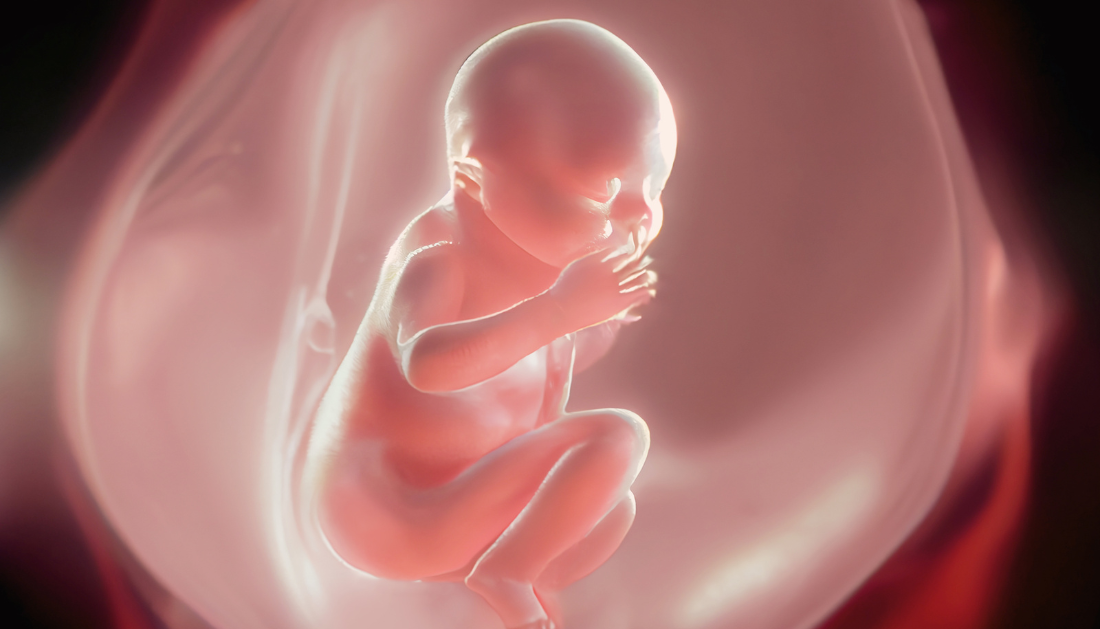

A pair of proteins, YAP and TAZ, have been discovered key conductors of womb bone formation and may provide insight into hereditary illnesses such as osteogenesis imperfecta, sometimes known as “brittle bone disease.” This small animal-based study, published today in Developmental Cell and led by members of the McKay Orthopaedic Research Laboratory at the University of Pennsylvania’s Perelman School of Medicine, adds to the field of mechanobiology, which studies how mechanical forces influence biology.
“Despite more than a century of study on the mechanobiology of bone development, the cellular and molecular basis largely has remained a mystery. Here, we identify a new population of cells that are key to turning the body’s early cartilage template into bone, guided by the force-activated gene regulating proteins, YAP and TAZ.” – Joel Boerckel, PhD, study’s senior author, associate professor of Orthopaedic Surgery
Through single-cell sequencing, Boerckel and the study’s first author, former Penn Bioengineering doctoral student Joseph Collins, PhD, and their colleagues discovered and described a class of cells known as “vessel-associated osteoblast precursors (VOPs),” which “invade” early cartilage alongside blood vessels. Because osteoblasts are required to build (and repair) bones, these cells are effectively the grandparents to bones, with osteoblasts being the parents.
Importantly, a pair of proteins called YAP and TAZ that are sensitive to the body’s natural movement–which earlier research has shown is critical to early bone growth and regeneration–serve as guides to the VOPs, passing on signals gleaned from the body’s mechanobiology.
The researchers discovered that YAP and TAZ aid in the integration of blood vessels into cartilage, which is an important element of bone growth. They were able to illustrate this involvement by first genetically eliminating YAP and TAZ from human cell models, which appeared to inhibit angiogenesis, or the formation of new blood vessels. The researchers then administered a special type of protein known as CXCL12 to the human cell models, which restored YAP and TAZ and initiated normal angiogenesis.
The research is the outcome of a long-term partnership with Dr. Niamh Nowlan of University College Dublin, whose lab studies how mechanical forces guide bone development in animal models and human patients.
It’s also fitting that Boerckel, Collins, and their colleagues are leveraging their research on bone growth to advance our understanding of mechanobiology.
“The study of bone development is the birthplace of mechanobiology,” he remarked. “For example, Wolff’s Law of Bone Transformation, says that trabecular-;spongy-;bone adapts in a manner depending on the stresses placed on it, but Julius Wolff spent more time in his 1894 book focused on bone development than on trabecular bone.”
The Penn researchers feel that the information gathered from their study on both bone growth and mechanobiology can now inform some of the knowledge and, hopefully, treatment of genetic and congenital musculoskeletal problems. This includes brittle bone disease, in which the body can not produce enough collagen, resulting in fragile bones, and arthrogryposis, a condition in which joints develop incorrectly due to restricted fetal movement.
“We are now working on using these findings to target these cells and pathways, either by direct mechanical or pharmacologic means, to restore cellular function and proper bone development in utero, potentially preventing these types of conditions,” Boerckel stated in a press release.
For more information: YAP and TAZ couple osteoblast precursor mobilization to angiogenesis and mechanoregulation in murine bone development, https://doi.org/10.1016/j.devcel.2023.11.029
more recommended stories
 Fat-Regulating Enzyme Offers New Target for Obesity
Fat-Regulating Enzyme Offers New Target for ObesityKey Highlights (Quick Summary) Researchers identified.
 Spatial Computing Explains How Brain Organizes Cognition
Spatial Computing Explains How Brain Organizes CognitionKey Takeaways (Quick Summary) MIT researchers.
 Gestational Diabetes Risk Identified by Blood Metabolites
Gestational Diabetes Risk Identified by Blood MetabolitesKey Takeaways (Quick Summary for Clinicians).
 Phage Therapy Study Reveals RNA-Based Infection Control
Phage Therapy Study Reveals RNA-Based Infection ControlKey Takeaways (Quick Summary) Researchers uncovered.
 Pelvic Floor Disorders: Treatable Yet Often Ignored
Pelvic Floor Disorders: Treatable Yet Often IgnoredKey Takeaways (Quick Summary) Pelvic floor.
 Urine-Based microRNA Aging Clock Predicts Biological Age
Urine-Based microRNA Aging Clock Predicts Biological AgeKey Takeaways (Quick Summary) Researchers developed.
 Circadian Control of Neutrophils in Myocardial Infarction
Circadian Control of Neutrophils in Myocardial InfarctionKey Takeaways for HCPs Neutrophil activity.
 E-Cigarette Use and Heart Attack Risk in Former Smokers
E-Cigarette Use and Heart Attack Risk in Former SmokersKey Takeaways for Clinicians and Nurses.
 36-Week Pre-eclampsia Screening May Reduce Term Risk
36-Week Pre-eclampsia Screening May Reduce Term RiskA New Preventive Strategy for Term.
 Cardiovascular Risk and Sudden Cardiac Death in Diabetes
Cardiovascular Risk and Sudden Cardiac Death in DiabetesRising Sudden Cardiac Death (SCD) Risk.

Leave a Comment